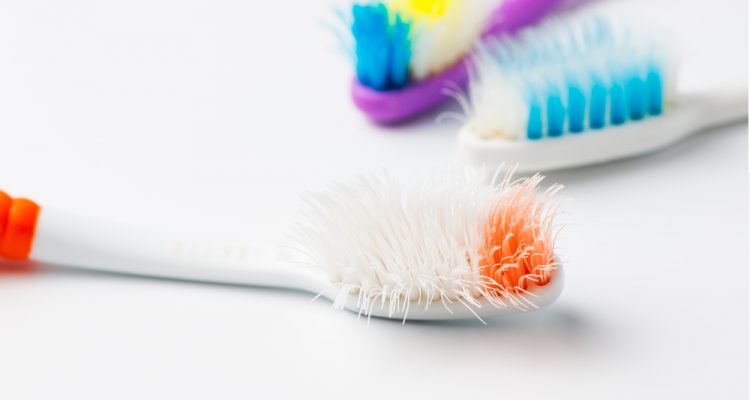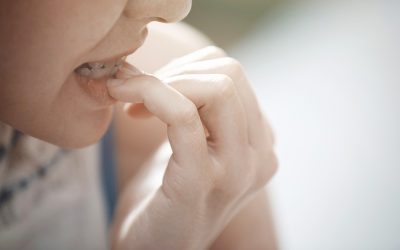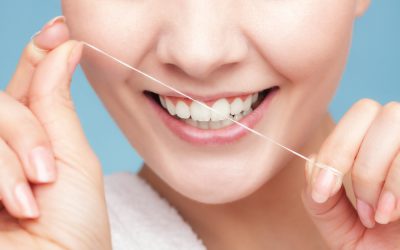Do you remember the last time you replaced your toothbrush? If you don’t, you’re not alone – many people use their brushes past the recommended life span or don’t know how often they need to be replaced. Old, worn toothbrushes are less effective at removing plaque and carry more bacteria and germs the longer they remain in use.
Here, Boyett Family Dentistry has five signs it’s time to swap out your old brush for a fresh one.
Replace Your Old Brush When:
- You can’t remember the last time you replaced your toothbrush. The American Dental Association (ADA) recommends replacing a toothbrush or electric toothbrush head every three to four months. You may need to replace it sooner depending on how frequently you brush and how quickly the bristles start to fray.
- You’ve recovered from an illness or infection. The common cold, flu, strep throat, or other sickness or infection can spread viruses and bacteria to your toothbrush. Continuing to use your old toothbrush after you recover increases the risk of reinfection.
- The bristles are frayed, worn, or bent. Over time, wear and tear on your brush causes the bristles to become frayed and bent. Frayed bristles are less effective at removing plaque and cleaning your teeth. They may also have sharp, jagged edges that irritate your gums.
- Debris builds up at the bottom of the bristles. Debris that you can’t remove is a sign that your toothbrush has been in use too long. Along with debris, germs and bacteria can build up on your brush over time, so replace it regularly for good oral health.
- Someone else has used it. You shouldn’t share your toothbrush with anyone else, because everyone’s mouth contains a different microbiome of bacteria. You may swap germs or bacteria that can cause you to become sick.
Buying and Caring for a Toothbrush
Today, you can buy packs of toothbrushes at most local convenience stores. Choose a brush that has soft bristles and a brush head sized to fit comfortably in your mouth. Electric toothbrushes are also effective at removing plaque and cleaning your teeth but know that replacement heads cost more than manual brushes.
Properly caring for your toothbrush ensures that it will remain as clean and effective as possible until it’s time for a new one. After you brush your teeth, rinse the toothbrush under clean tap water to wash away remaining saliva, debris, and toothpaste. Store your brush in an open, upright position and let the bristles air dry fully between uses. Don’t store your toothbrush in a closed container or place a cap on it – sealed, moist environments promote bacterial and fungal growth.
One way to score a free toothbrush is to visit your dentist for regular cleanings. If it’s time to schedule your next professional cleaning and dental exam with Dr. Boyett, contact Boyett Family Dentistry for appointment availability.





